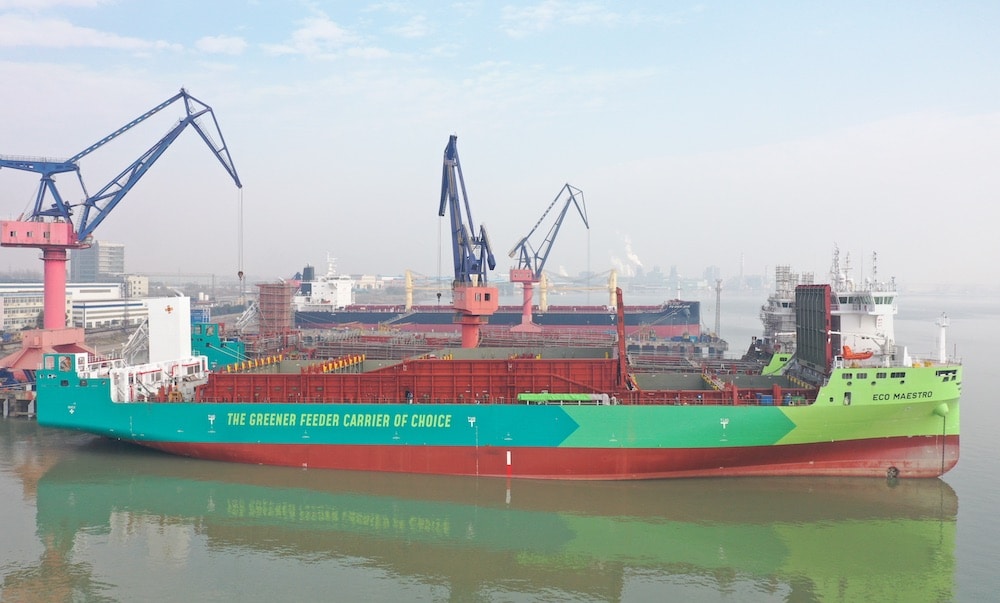Shipping’s fuel transition hits a supply-side reality check
Shipping Industry Faces Fuel Transition Tipping Point

According to the latest Maritime Forecast report from DNV, the number of alternative-fuel ships on order is nearly equal to those currently in service. The report highlights that by 2030, the global fleet is expected to consume over 50 million tonnes of low-greenhouse gas emitting fuels, doubling the amount needed to meet the International Maritime Organization’s emissions target for that year. However, the actual consumption of these fuels remains significantly low, at just 1 million tonnes.
Bridging the Gap Between Capacity and Consumption
The DNV report emphasizes a widening gap between the shipping industry’s capacity for low-emission fuels and the actual usage of these fuels. With projections indicating that the number of alternative-fuelled vessels will nearly double by 2028, the industry is approaching what DNV describes as a “fuel transition tipping point.” This shift sends a clear message to fuel producers and infrastructure developers: there is an urgent need to accelerate supply to match the readiness of the fleet.
Eirik Ovrum, the lead author of the 73-page report, stated, “The industry has made real technical progress in recent years. But these solutions are still operating in silos.” He stressed that to make a meaningful impact, these advancements must be integrated into fleet strategies, supported by necessary infrastructure, and recognized within compliance frameworks. This integration will be crucial for the next phase of the shipping industry’s transition to alternative fuels.
The findings underscore the commitment of the shipping industry to reducing greenhouse gas emissions, but they also highlight the challenges that remain. Stakeholders are urged to collaborate and innovate to ensure the availability of low-GHG fuels that can meet the demands of an evolving maritime landscape.
Call to Action for Fuel Producers and Infrastructure Developers
The report calls for a concerted effort from fuel producers and related industries to enhance supply chains and develop the infrastructure needed for alternative fuels. The shipping sector’s transition to greener solutions is not just a technical challenge but also a logistical one. The industry is ready for change, but it requires support from all sectors involved in fuel production and distribution.
The stark contrast between the fleet’s capacity to use alternative fuels and the current consumption levels presents both a challenge and an opportunity. As the demand for low-emission fuels grows, so does the potential for innovation and collaboration in the maritime sector. Ensuring a steady supply of alternative fuels is imperative for meeting international emissions targets and fostering a sustainable future for the shipping industry.
